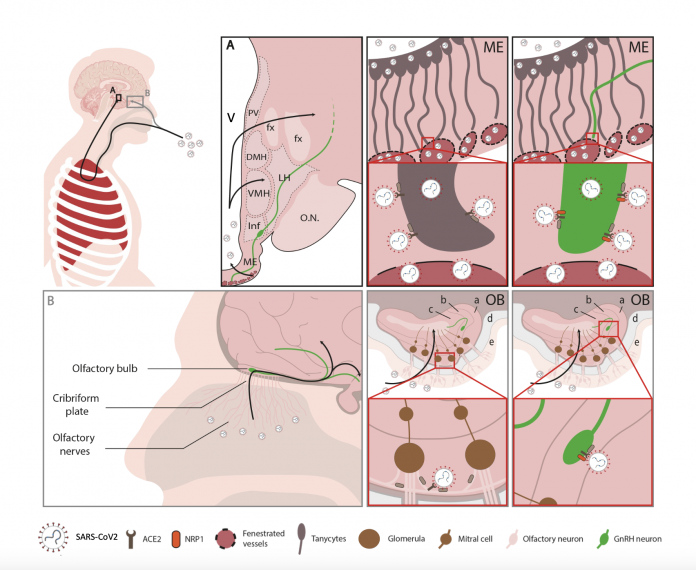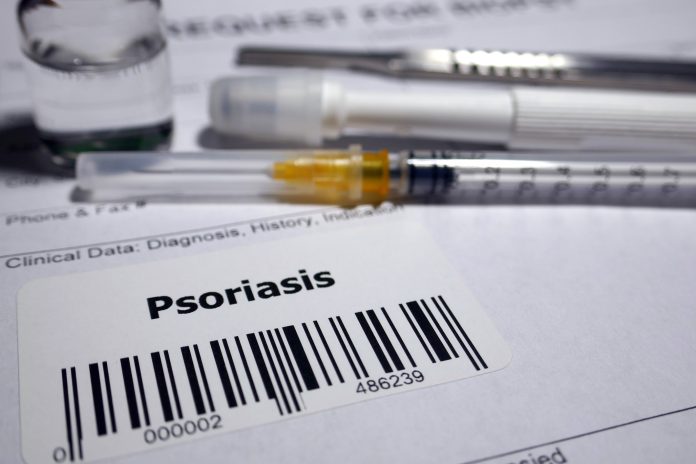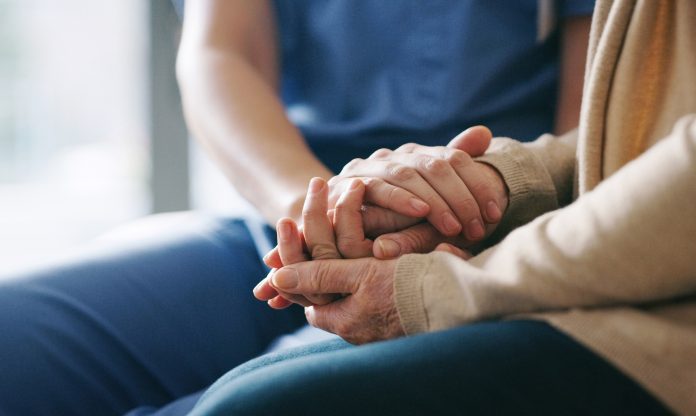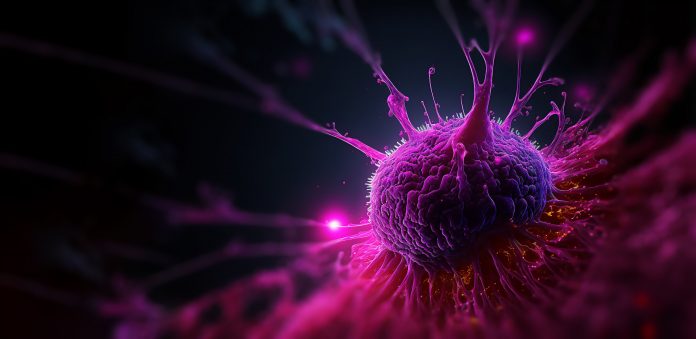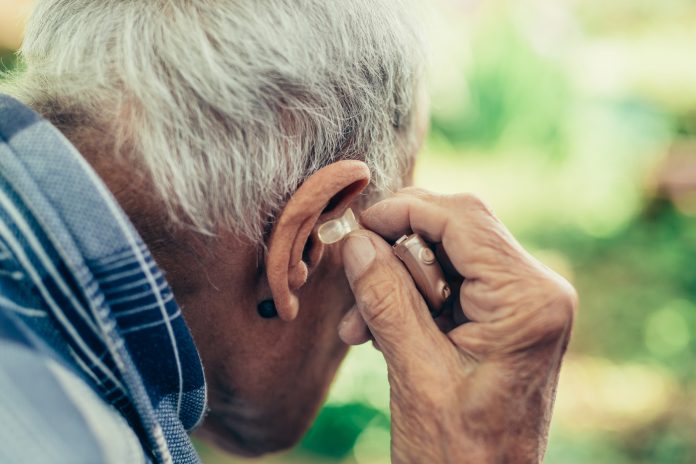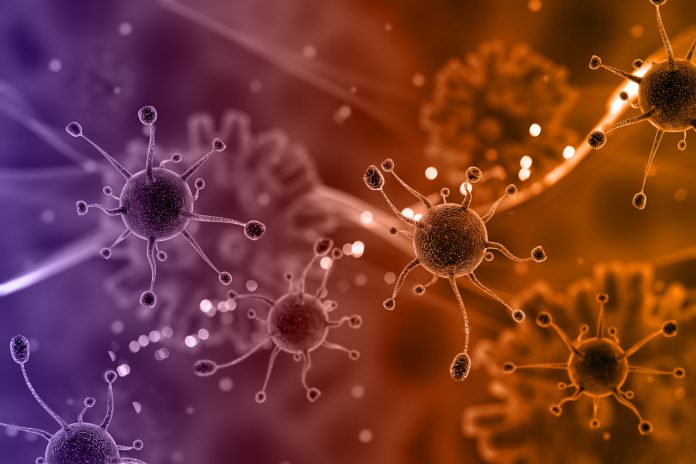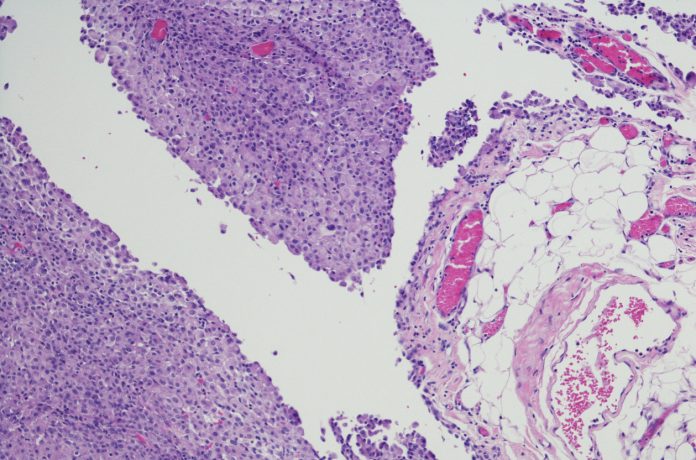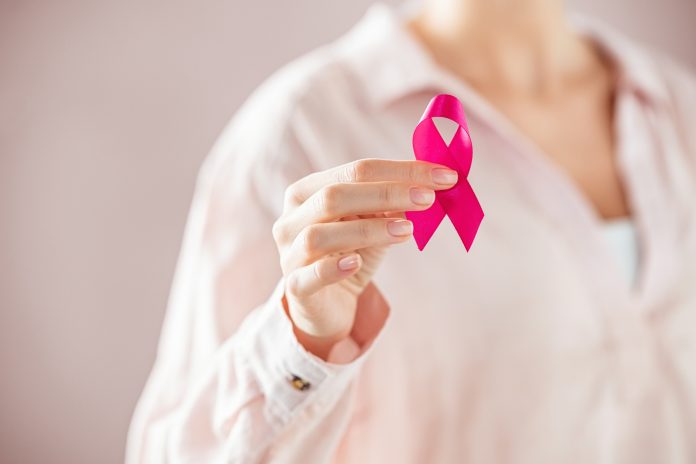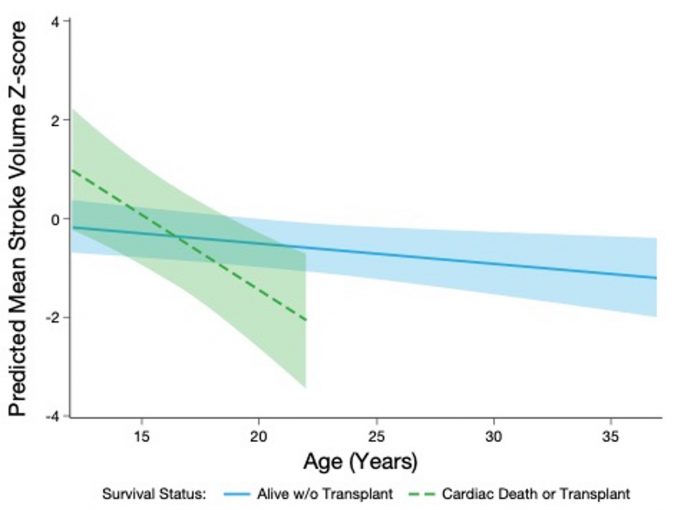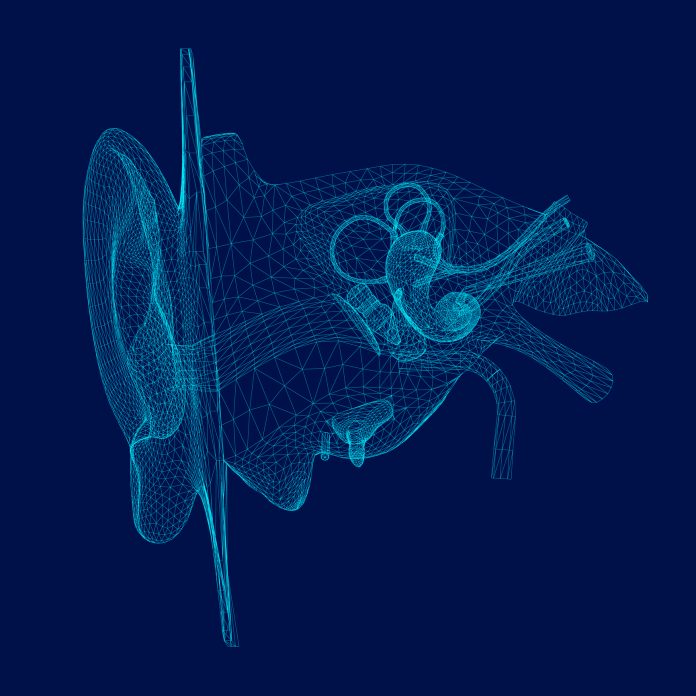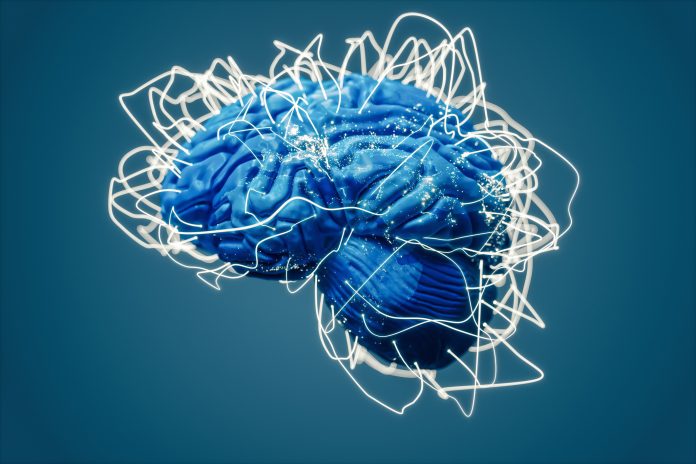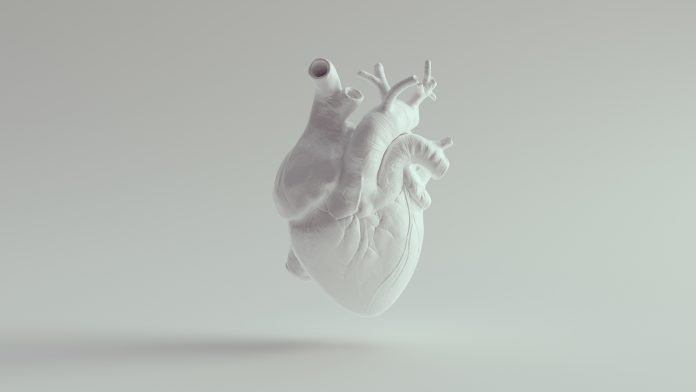Open Access Government produces compelling and informative news, publications, eBooks, and academic research articles for the public and private sector looking at health, diseases & conditions, workplace, research & innovation, digital transformation, government policy, environment, agriculture, energy, transport and more.
Home Search
Stem cell gene therapy - search results
If you're not happy with the results, please do another search
Unraveling the potential of antisense therapies to target neuropilin 1 in the fight against...
Secarna Pharmaceuticals, the next-generation antisense drug discovery and development company, is developing novel approaches to successfully target Neuropilin 1 (NRP1), a promising target for the treatment of cancer.
Breaking the stigma: Men’s mental health matters
Dr Deborah Lee from Dr Fox Online Pharmacy discusses men’s mental health, including common barriers to seeking help and the measures needed to improve overall awareness and support.
Secarna aims to expand the therapeutic toolbox against cancer
Current oncology treatments have significantly improved cancer survival rates, but more effective and safer therapeutics are needed.
Brain infection by SARS-CoV-2: Lifelong consequences
The WATCH team, founded to elucidate the role played by specialized brain cells called tanycytes in various physiological processes, has been investigating how and where the SARS-CoV-2 virus infects the brain, and some long-term consequences of this neuro-invasion.
Understanding psoriasis: Symptoms, causes, and treatments
Psoriasis is a chronic immune-mediated inflammatory disease that can impact sufferers’ mental and physical health. We discuss the complexity of the condition as well as the emergence of effective treatments with the national UK charity The Psoriasis Association.
Addressing ageism in healthcare through gerontological nursing
Sherry Dahlke, Associate Professor at the Faculty of Nursing, University of Alberta, discusses the impact of ageism in healthcare and why gerontological nursing education is vital for improving awareness and patient care.
Understanding T lymphocytes inner workings to harness therapeutic potential
Leslie J. Berg, PhD from the University of Colorado, Anschutz School of Medicine, sheds light on understanding the inner workings of T lymphocytes to harness their therapeutic potential.
Hearing loss: Ageing and noise exposure are the two major causes
Dr Tracey Pollard from RNID, the charity which supports the 12 million people in the UK who are deaf, have hearing loss or tinnitus, talks us through the causes and impact of hearing loss and how RNID is working to improve research and related treatments in this field.
Overcoming the ongoing challenges for rare disease patients in the UK
Gillian Molloy, Director of Market Access at AscellaHealth, examines the rare disease landscape in the UK, including progress in improving patient care and challenges in diagnostics and the development of new treatments.
Understanding osteoarthritis: Causes, symptoms, and treatment options
With ten million people in the UK alone suffering from osteoarthritis, Dr Deborah Lee explains the prevalence of the condition, the common risk factors, and preventative measures.
The future of healthcare: Exploring the benefits of virtual wards
The Health Tech Alliance explains the importance of digital and technological innovations, particularly virtual wards, in supporting NHS healthcare providers.
Effective vaccines for non-communicable diseases – A pipe dream?
Markus Mandler, Founder and CEO of Tridem Bioscience, explains how the company’s cutting-edge vaccine platform is revolutionising treatment approaches and vaccines for non-communicable diseases (NCDs).
Mesothelioma: The unravelling of a perplexing puzzle
Dr Avinash Hari Narayanan (MBChB), Clinical Lead at London Medical Laboratory, explores the key challenges in mesothelioma prevention, diagnosis and treatment.
RESCUER: Supporting new concepts for breast cancer subtypes treatment
RESCUER is an EU Horizon 2020 project, coordinated by the University of Oslo, Norway, that aims to predict treatment response and test new combinational therapies for complex breast cancer subtypes.
Age-related changes in cardiomyopathic phenotype in patients with barth syndrome
With current treatment options for BTHS cardiomyopathic phenotype focused predominantly on alleviating symptoms, Dr Hani N. Sabbah, Director of Cardiovascular Research at Henry Ford Health, explores the potential of more targeted treatment approaches.
Patients with diabetes in rural underserved areas
Richard J. Santen, MD, Emeritus Professor of Medicine at the University of Virginia in Charlottesville, Virginia, USA, delineates the characteristics of patients with diabetes residing in rural underserved areas, including the role of meal replacements for weight loss.
Glutamate excitotoxicity in the cochlea
Mark Rutherford, Associate Professor at Washington University School of Medicine, discusses the burden and causes of hearing dysfunction, as well as the possible solutions for mitigating glutamate excitotoxicity.
10 fantastic tips to help you ensure a balanced menopause diet
Maintaining a healthy and balanced diet is essential at all stages of life, even throughout menopause. Here Dr Deborah Lee lays out her 10 tips to help keep a balanced menopause diet and understand what your body needs.
Multiple sclerosis: A debilitating disease, but new treatments offer hope
Rhett Reichard, PhD and Keri C. Smith, PhD from Saba University School of Medicine, says that while multiple sclerosis is a debilitating disease, new treatments offer hope.
Magnetic and acoustic levitation to protect bioprint heart models against radiation
The new PULSE project utilising both magnetic and acoustic levitation claims to hold the key to bioprinting technology with potential applications in space and on Earth.




